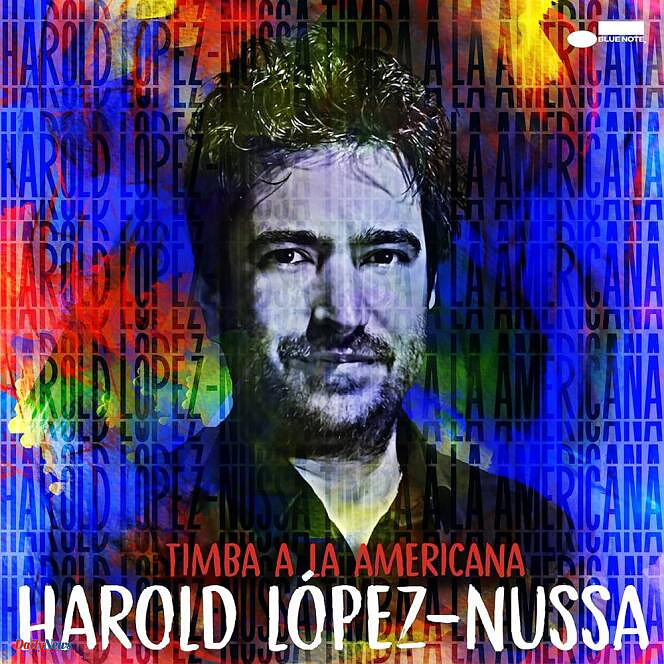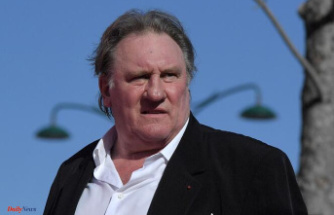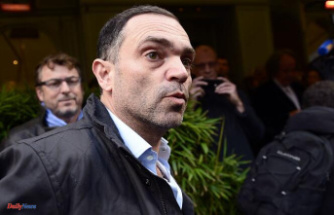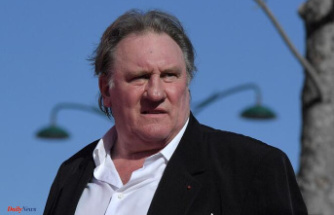From the first bars, we know that something has changed in Harold López-Nussa’s music. Until now, the Cuban's career had followed a fairly classic trajectory. Coming from a family of artists, graduated from the Instituto Superior de Arte, with his eight albums, Harold had become one of the most brilliant pianists on his island, noticed throughout the world.
These facts having been stated, the most seasoned observers will not have been surprised by the irruption of the harmonica player Grégoire Maret into the musician's universe. It all started in 2017 during a concert at the New York club Blue Note in New York bringing together Harold, Grégoire, his drummer brother Ruy Adrián, double bassist Gaston Joya and star Cuban percussionist Pedrito Martínez. An adventure which will continue for a few dates, including a notable performance at the North Sea Jazz Festival. The irony of history will be to see this collaboration initiated at Blue Note come to fruition discographically at Blue Note.
These two had been eyeing each other for some time: Michael League, leader of Snarky Pupy and Bokanté, increasingly a producer, came to see Harold's trio at the Jazz Plaza festival in Havana before invite him to his own festival in Miami. The alignment of the planets will occur after Harold settles in Toulouse in 2022. Helped by the proximity of location between the adopted Toulouse and the adopted Catalan (League has set up its studio in the small village of Els Prats de Rei), the exchanges will go well and Harold will soon join the League champions.
It's Michael who pushes Harold to go to Rhodes. “Michael knows Cuban music very well,” says Harold. He speaks Spanish perfectly. He is a very involved producer. He was the one who cooked during the recordings! He arrived with his pedals, his synths and his effects. He encouraged me to push my limits. » This was the only instruction given to them by Don Was, the boss of Blue Note. “He cited Charles Lloyd as a counter-example, whom the label supported in the pursuit of the work. Don said to me: I don't want that for you. Try things. Break the mold! »
If the album evokes the timba, it is because it distills an Afro-Cuban jazz with multiple influences like this Cuban salsa born in the 90s from the multiple influences of sound, jazz, funk and rock . Americana style because made with Americans. Firstly, New Yorker Grégoire Maret, Swiss by birth, praised by Herbie Hancock and Marcus Miller, with a list of collaborations as long as his arm. A pillar of construction, the harmonica player puts all his virtuosity at the service of the pianist. Among his other accomplices, we find the double bassist Luques Curtis, who worked for a long time with Eddie Palmieri. “He listens very well,” explains Harold, “and plays in the Puerto Rican way: slightly behind the times, as the ancients did in Cuba. » Also accompanying him is his brother Ruy Adrián, a magnificent drummer who has accompanied Harold since they were very young, but also Bárbaro Machito Crespo, from the famous Osain Del Monte group. “Michael wanted it. We needed someone who, like Pedrito, came from the streets, from the rumba, who had not completed academic studies. It was a very good choice. We tour as a quartet but I hope to have him at some point on the tour. »
Timba a la Americana is an album, not experimental, but of experiments, with mosaic titles. Funky, not a funky title at all, but groovy and abundant, is an excellent introduction to the record. In the same way, Cake a la Moda, starts as a mambo but has nothing to do with a mambo or I don't know anything about it. “But yes,” Harold confirms. I came up well with my mambo idea, but they completely messed up my piece! » The exchanges between the producer and the musicians seem to have been the watchword, like Rat a Tat, a composition by Michael that they managed to Latinize. From Conga a la Americana to Tumba la Timba, the experiences follow one another until Hope, a title born from confinement, a touch of New Orleans, a song of hope that the pandemic stops, that life and music resume .
Alongside these sticks of dynamite, Timba a la Americana is a record full of nostalgia, inspired by separation from mother earth. “My departure from Cuba,” confides Harold, “had a significant impact on the album. I missed my country more than I imagined. The smells, the noises, the climate, all these impressions inspired me with Mal du Pays. » A title where Rhodes brings an overwhelming emotional charge… “Another idea from Michael,” explains Harold. I had thought about playing it on the piano. » The musician clearly appears on the piano on Mama, a track whose furtiveness (1 minute 48) evokes a distant memory that returns. “I recorded it as a solo piano a long time ago, after my mother passed away. We transposed it into a duet with the harmonica. » They follow up with Terra Mia, a piece by his uncle Ernán López-Nussa, recorded by Havana Report with legends like Tata Güines and Changuito. “…a title that I knew well, but not the musicians. I didn't make them listen. We managed to take him elsewhere. And on stage, we take it elsewhere..."
Beyond nostalgia, the album is bathed in true romanticism... Wouldn't this American-style timba turn out to be truly French? “I had never thought about it,” reflects the musician whose grandmother was French. There is the kinship of the harmonica with the accordion, of course. But it’s true: French romanticism has certainly infused my music. »












